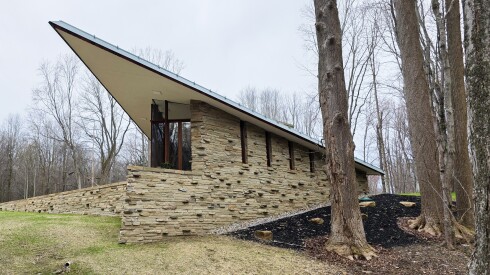Olduvai Gorge sits in the Great Rift Valley between Ngorongoro Crater and Serengeti National Park in northern Tanzania. Named after the Maasai word for the sisal plant (oldupai) which is prolific in this area, it is a designated UNESCO World Heritage site owing to the fact that it contains, among a plethora other fossils, hominid remains from 2.5 million years ago. The visitor center and museum is founded upon the camp of Mary Leakey, who excavated the paleoanthropological artifacts during the 1970s, and it was here that she found fossilized human footprints left an incredible 3 million years ago, proving the theory that we may all be African in our earliest origins. This fascinating site is not just for those interested in archaeology or geology, it is a beautiful place to peruse the dramatic, almost lunar landscape, indulge in some exotic bird-watching, and enjoy a spot of lunch.
More Recommendations
Olduvai Gorge: Proof we were all once African
Olduvai Gorge sits in the Great Rift Valley between Ngorongoro Crater and Serengeti National Park in northern Tanzania. Named after the Maasai word for the sisal plant (oldupai) which is prolific in this area, it is a designated UNESCO World Heritage site owing to the fact that it contains, among a plethora other fossils, hominid remains from 2.5 million years ago. The visitor center and museum is founded upon the camp of Mary Leakey, who excavated the paleoanthropological artifacts during the 1970s, and it was here that she found fossilized human footprints left an incredible 3 million years ago, proving the theory that we may all be African in our earliest origins. This fascinating site is not just for those interested in archaeology or geology, it is a beautiful place to peruse the dramatic, almost lunar landscape, indulge in some exotic bird-watching, and enjoy a spot of lunch.























